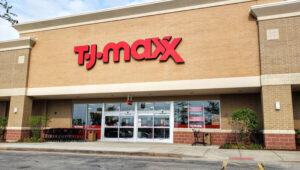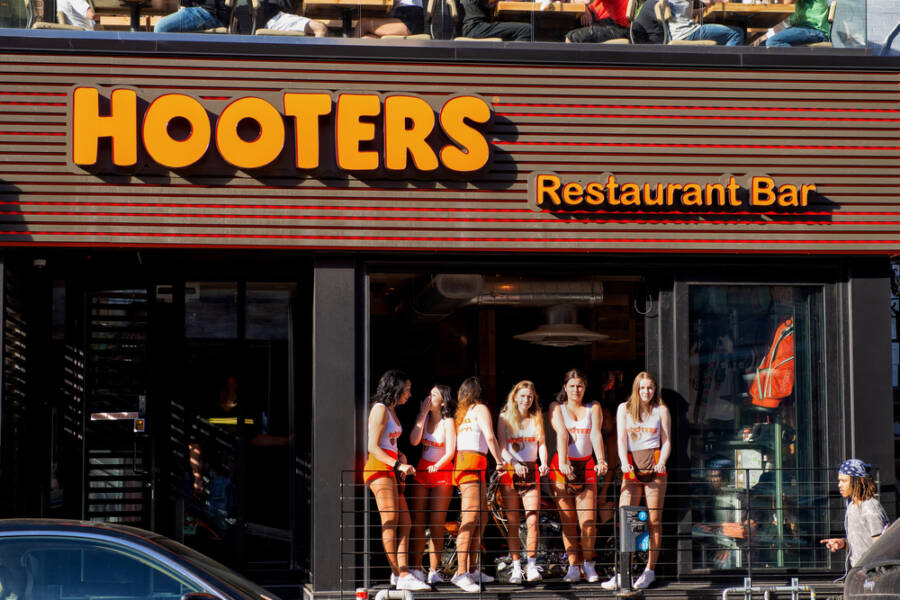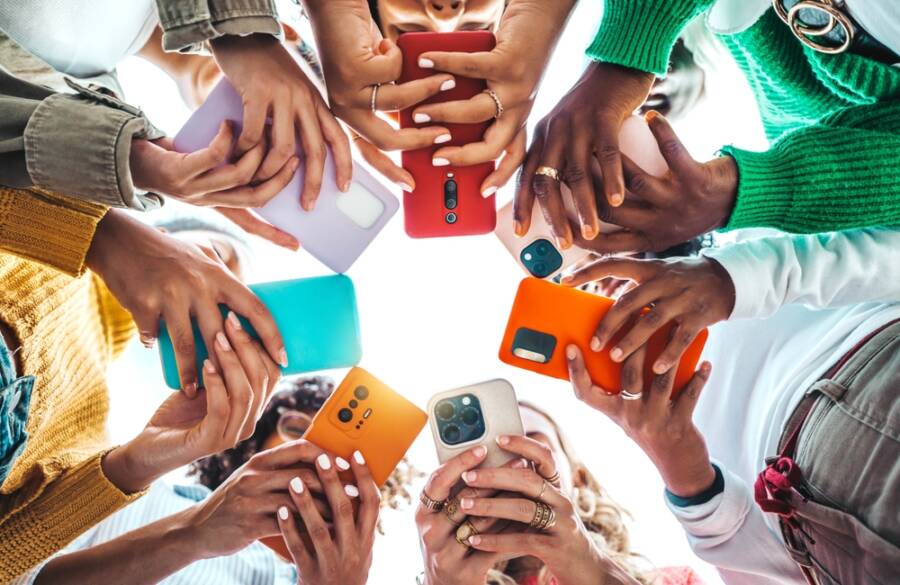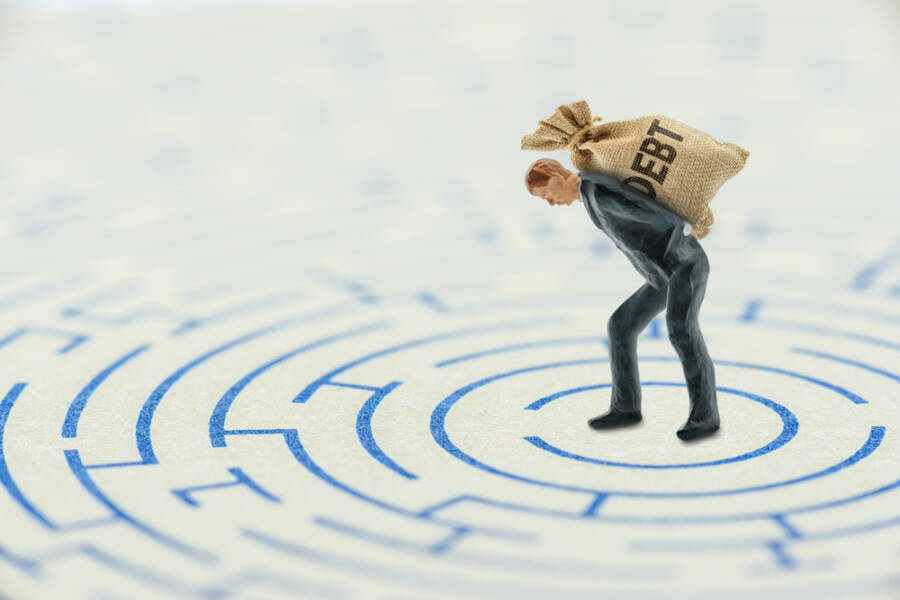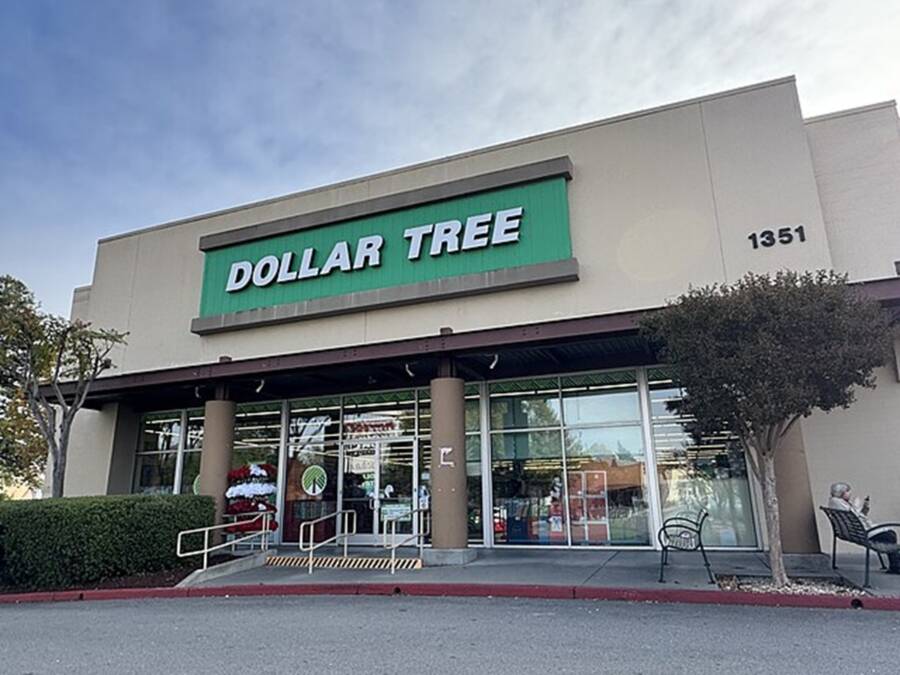If you want to save money, avoid falling for the most common shopping trap: 99 price!
You’re not alone if you find yourself grabbing a $39.99 jacket or piling up $11.99 albums on iTunes. For decades, the tactic of capping prices at 99 cents has been a popular one, and it has had a profound effect on nearly everyone. However, it’s by no means the sole ploy used by merchants to set prices for goods.
Retailers employ many techniques to entice consumers to spend more money, such as putting a dollar sign on pricing or imposing a limit per client. And this happens across the board, from purchasing food and toys to purchasing vehicles and homes. Don’t forget that while you’re caught up in this shopping trap, the merchants are the ones raking in the profits. Stay vigilant and don’t get swayed by their tactics.

1. The anchoring effect
Customers have specific pricing points in mind for various things. Some people require an anchor. Making an initial price that is more than the final price is the tricky part.
A couple of years ago, a test was conducted on two groups of people. First, when asked if they would be ready to pay $189.99 for a new radio in an experiment, most customers thought the product was too expensive.
The following group was given a slightly different situation: they could purchase a $500 radio for $189.99, which was a discount of about 62%. The identical radio was genuinely provided to both groups for the same price, but the group that received the discount was far more inclined to purchase the item.
2. Buy one, get one free
Oh, this one is an old tricky tactic for most big retailers! Especially with inflation going on is pretty easy to fall for this shopping trap. Stores are aware that the term “free” works wonders. Thus, businesses run promotions like “buy one, get one free,” which occasionally influence us to make purchases we otherwise wouldn’t. Additionally, alluring are free delivery offers that come with a purchase requirement.
Greed is the psychological tactic at play here. When someone sees the offer, the reason is set aside, and the primary goal becomes obtaining the free item by making a purchase.
Instead of falling for this shopping trap try to make a list of everything you need before going to the store and stick to it as much as possible! I make an exception only if the “buy one get another for free” is available for the items I buy in bulk.
3. Prices ending in 9, 99 or 95
Pricing that ends in 9, 99, or 95 is referred to as “charm prices,” since they make products look more affordable than they actually are. People are more likely to notice the first number and decide right away if the price is fair because they read left to right.
But what is the catch behind this pricing? All the prices ending in.99 outsold those ending in.00, indicating that a one-cent difference between prices ending in.99 and.00 had “a considerable effect on sales.” These charm prices are also applied when selling a house or a vehicle.
Pricing that doesn’t finish in 9 also conveys a message to our brains. For example, a price that finishes at 4 or 7 will probably stick out because it doesn’t end at 9. Not to mention that it implies the seller has given the pricing careful thought.
4. Placing expensive items next to standard-priced ones
Besides the 99 price trick, there is this one of placing expensive items next to standard-priced ones. This is also known as comparative pricing.
To put it simply, this means presenting two identical items at the same time, but with a much higher price for one. The buyer is faced with a psychological game of choice wherein they must select between two comparable items that have varying costs. You probably noticed this trick in clothing stores.
When fashion manufacturers display tuxedos of comparable quality but differing in price side by side, their tactic is effective in persuading shoppers to choose the more costly option.
This is a common shopping trap because the general public believes that everything that costs a lot of money is automatically “quality.”
5. 10 for $10 trick
Retailers use promotions such as “10 for $10,” hoping to get customers to spend on goods like cereal, soup, etc. in large batches. Yet here’s something that retailers don’t promote: Deals don’t necessarily require large purchases. Often, you could get one for $1 just as easily.
Before you fill your cart, it’s a good idea to compare prices and quantity and see if it’s still a good option for you!

6. Giving the false impression of a bargain by displaying the old and the new price
Now that’s a cheap trick from most retailers, and I will explain why. When retailers offer a sale with an older price next to a new one, it increases sales since customers believe they are receiving a deal and aren’t interested in finding out why the price dropped. They use the psychological trick of altering the new price’s font, size, and color to ensure the new pricing approach is successful.
If you fell for this too, don’t worry because you are not alone in this boat, but remember these lines next time you see this in a store. This is a shopping trap, mostly because everybody will perceive the new price as being more affordable and better than the previous one.
So they’ll just grab the product and add it to their cart without questioning it too much. After all, it’s on sale, right?
7. Per-customer limits
All the retailers that want to sell everything from the shelves faster apply this tactic of “per-customer limit.” You don’t know what this implies? Let’s see.
Product limitations, such as “limit 4 per customer,” mislead customers into believing that the item is rare, cheap to buy, or both. It also conveys a sense of high demand. Instead of only getting one, you find yourself getting plenty because you’re afraid they’ll run out of stock!
And who ends up paying a lot for some items you don’t even need? Put a pin on this and never fall for this shopping trap again!
…psst! Are you looking for some cute grocery lists that are also magnetic so you can put them up on your fridge? You will definitely like these 2-pack magnetic notepads that are available on Amazon for just $6.99. By writing down everything you need for the next grocery trip, you will avoid spending too much, and you won’t fall for these 99 price tricks either!
8. Gifts with an amount of purchase
Most of the time, a minimum purchase amount is required. Gifts with purchases only result in cost savings if they turn out to be items you were already planning to buy. If not, take a deep breath and move on.
That’s it, I hope you will keep these in mind next time you’re going shopping so you never fall for the 99 price tricks and such.
Tune in for more frugal advice and check out another article from our page Cashback Apps are Amazing! See Here a Top With the Best and Worst Ones.







